Math
-
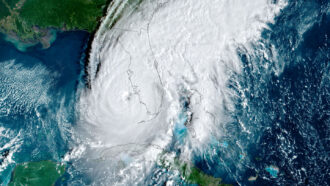 Physics
PhysicsExplainer: What is chaos theory?
Chaos can help scientists explore subjects from climate change to human brains. Learn about the theory behind this field of science.
By Sarah Wells -
 Math
MathMath explains why dense crowds form surprisingly orderly lines
New research into the behavior of moving groups of people adds to decades of study on the wisdom of crowds.
-
 Math
MathScientists Say: Parabola
A parabola is a U-shaped curve, where every point along that curve is the same distance from another point and a line.
-
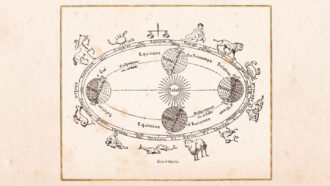 Math
MathScientists Say: Ellipse
Ellipse describes the shapes of planetary orbits around their stars and explains the wacky acoustic phenomenon of “whispering chambers.”
-
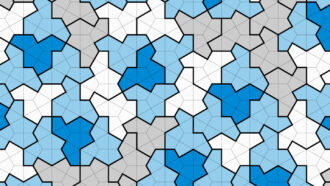 Math
MathAn ‘einstein’ shape eluded mathematicians for 50 years. Now they found one
The shapes can form an infinite tiled pattern that never repeats. The first is a 13-sided shape nicknamed “the hat.”
-
 Math
MathScientists Say: Möbius strip
Möbius strips may be easy to make, but they have some pretty mind-bending properties.
-
 Earth
EarthScientists Say: Altitude
Altitude is used to describe heights in geography, astronomy and math.
-
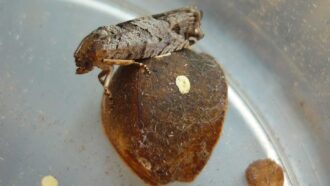 Animals
AnimalsRandom hops always bring jumping beans to shade — eventually
It’s not fast, but jumping beans use randomness to maximize their chances of getting out of the sun’s heat.
-
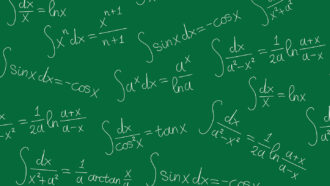 Math
MathScientists Say: Calculus
Calculus is math that deals with curves, from their changing slopes to the areas they enclose.
-
 Math
MathMeet the newest additions to the metric system
The metric system just got its first update in 30 years. New prefixes will help scientists interpret the biggest — and smallest — numbers.
-
 Math
MathScientists Say: Mean, median and mode
Mean, median and mode are all different ways to describe the middle value in a dataset.
-
 Math
MathLet’s learn about dealing with math anxiety
Writing about math anxiety and maintaining a “growth mindset” can help soothe stress about the subject.